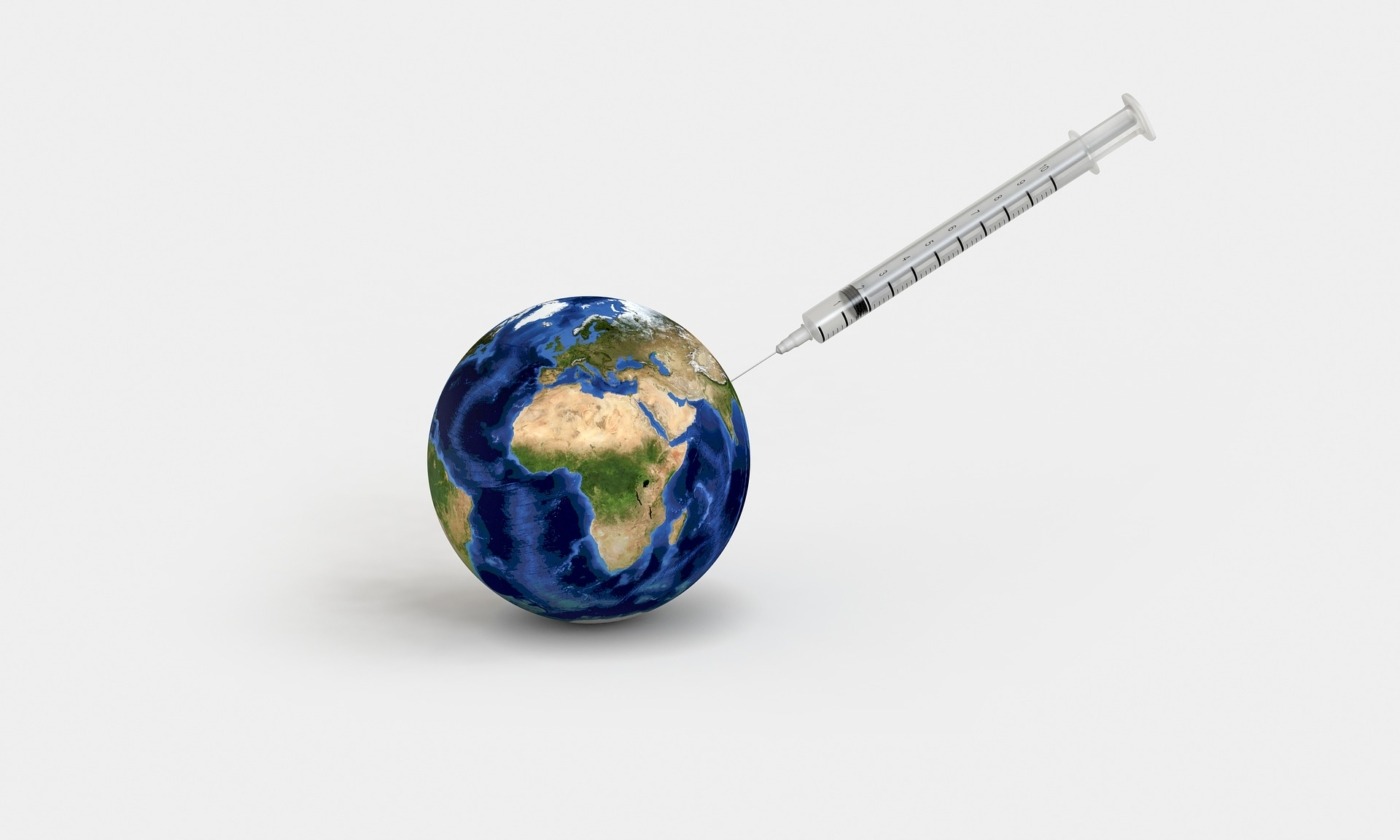What does the Covid-19 vaccine breakthrough involve?
November has been a month full of news. Donald Trump losing re-election, Dominic Cummings leaving Downing Street, and, most intriguing of all, the prospect of a vaccine for Covid-19, the disease caused by the SARS-CoV-2 virus. Given Covid has transformed our lives over the last few months, this news has been seen by many as the way back to some form of normality.
Why is this the case? The vaccine – developed by the companies Pfizer and BioNTech – appears to have been more than 90% effective at preventing people from catching Covid-19. Tested on 43,500 people in six countries, no safety concerns have been raised so far. This is extremely hopeful for its spread, rather than Covid, around the world.
Following the success, Pfizer plans to apply for emergency approval which would allow the vaccine to be used by the end of November. Obviously, the reasoning behind this is clear. The vaccine has proven itself effective with few side effects. Coronavirus has paralysed our way of life for the best part of a year. It’s unquestionable why everyone wants a return to some form of normality.
However, as the BBC has stated, no vaccine has gone from its initial stages of development to being proven highly effective in such a short space of time. There is a clear process that is part of the developmental stage that this vaccine must meet for its wide distribution. The fact that the demand for a vaccine and a desire for normality are so high mustn’t prevent the due scientific and research process from taking place in full.
It’s unquestionable why everyone wants a return to some form of normality
Nonetheless, many eminent scientists have expressed great optimism. Sir John Bell, the Regis professor of medicine at Oxford University has said, “with some confidence” that life could be back to normal by spring, despite the many challenges ahead. This is of course dependent on the vaccine being effective across a large population in the long term.
With this specific vaccine, two doses are required to be taken three weeks apart. Indeed, while the trials have shown 90% protection is achieved seven days after the second dose, the data is only based on the first 94 volunteers to detect Covid. This means the real long term effectiveness of the vaccine could change after all the data has been fully analysed.
The vaccine, however, will only be available to a limited number of people in 2020, as Pfizer and BioNTech believe they should have enough data by the end of the third week of November. Regulators are responsible for approving the vaccine and allowing countries to dose their populations with the vaccine. In reality, the company believe that 50 million doses could be supplied by the end of this year and 1.3 billion by the end of 2021. With each person needing two doses, the UK will get ten million by the end of this year and have ordered another 30 million.
The UK government is likely to prioritise hospital staff and care home workers, as these individuals deal with vulnerable patients who suffer from Covid and many other conditions. It has been shown that those with underlying health conditions have been more vulnerable to the costs of the virus, meaning that they should be minimised of the risks if possible.
Older people more generally are also more likely to receive early doses of the vaccine, such is their vulnerability as an age group. This means those under 50 and students will most likely be last in the queue for accessing the protection.
It is unclear whether the vaccine prevents someone with Covid-19 from developing symptoms or stops them from passing the virus onto others too. Similarly, it isn’t obvious whether the vaccine is as effective in all age groups, or whether certain ages will face more harm. Most importantly, the question of the length of time immunity is attained is likely to be vital. Discussions of herd immunity have dominated the conversation. In reality, it is the only way we will get out of Covid.
The logistical problems are also a significant factor that must be dealt with. The immunisation process of vast numbers of people will not be easy and requires an extensive workforce. Similarly, to be effective, the vaccine must be kept in conditions of below -80°C. There will be many challenges ahead that must not be underestimated. However, the news is reason for a day of hope. Although the vaccine doesn’t guarantee a return of normality, it is the first chink of light at the end of the long tunnel that is 2020.

Comments